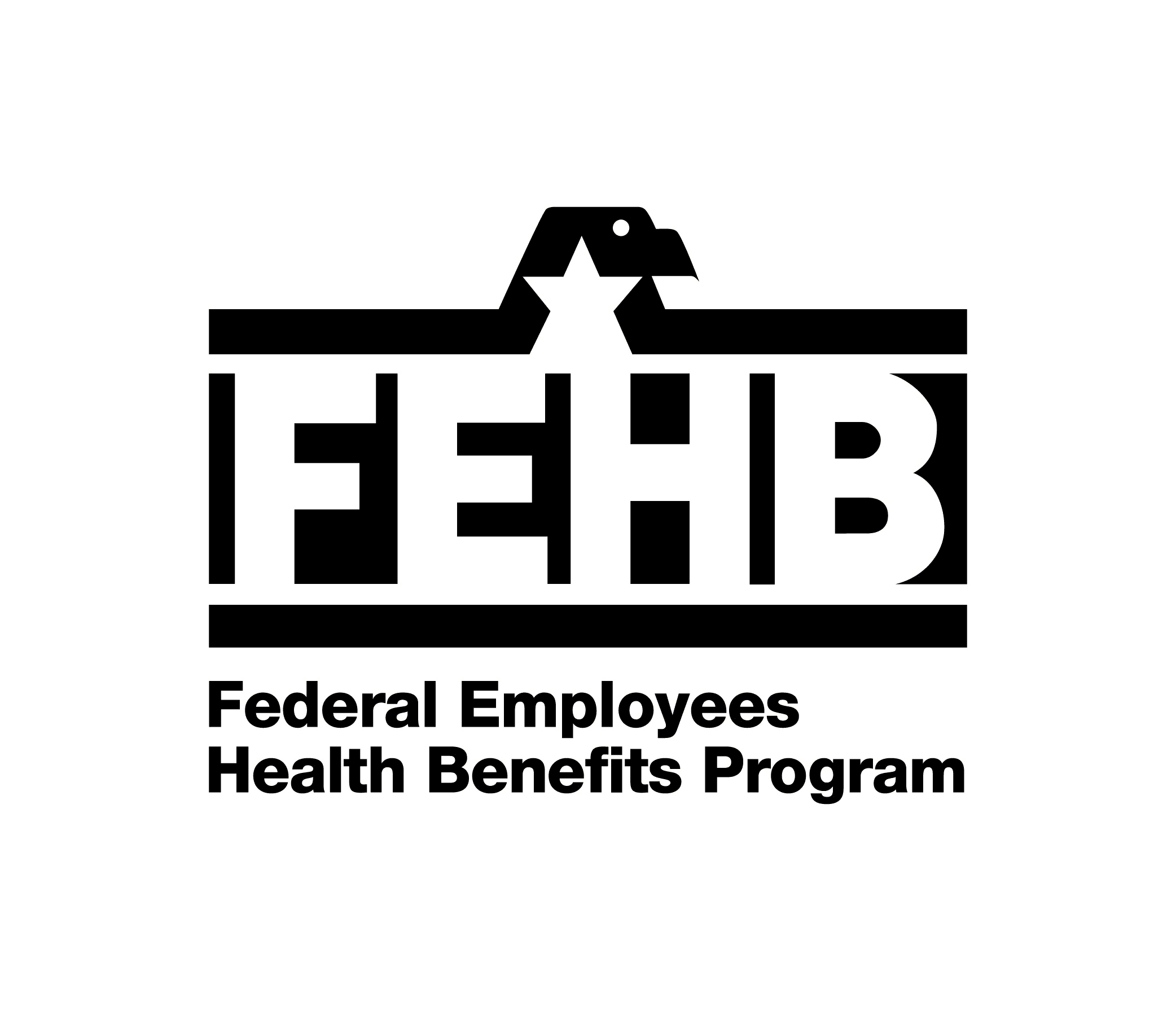| Accidental injury .............................. 39, 57 | | Allergy tests ........................................ 31 |
| Allogeneic (donor) bone marrow transplant ... 40, 41, 42 |
| Alternative treatments ....................... 36 |
| Ambulance ....................... 17, 34, 45, 47, 49 |
| Anesthesia ............................. 37, 44, 46 |
| Autologous bone marrow transplant ... 31, 39, 40, 41, 42, 43 |
| Biopsy ............................................... 37 |
| Blood and blood plasma ... 46 |
| Casts ......................................... 45, 46 |
| Catastrophic protection (out-of-pocket maximum) ... 22,59 |
| Changes for 2020 ................................ 13-14 |
| Chemotherapy ......................................... 31 |
| Chiropractic ........................................ 36 |
| Cholesterol tests ....................................... 28 |
| Claims .... 8, 12, 18, 19, 20, 26, 48, 53, 59, 61-63, 64-66, 70, 75, 78, 79 |
| Co-insurance .................................. 21, 77 |
| Colorectal cancer screening .................... 28 |
| Congenital anomalies .................... 37, 38 |
| Contraceptive drugs and devices ... 28, 30, 31, 56, 57 |
| Cost-sharing ... 21, 73, 77, 82, 83 |
| Covered charges ..................................... 69 |
| Crutches ......................................... 35, 77 |
| Deductible ... 21, 22, 27, 60, 73, 82, 83 |
| Definitions ............................................... 73 |
| Dental care ... 57, 61, 68, 81, 82, 88, 89 |
| Diagnostic services ... 28- 29 |
| Disputed claims review ... 19, 20, 58, 62-65 |
| Dressings .................................. 45, 46 |
| Durable medical equipment ... 17, 35, 73, 77 |
| Effective date of enrollment .................. 16 |
| Emergency ... 12, 13, 17, 19, 47, 48-49, 57, 60, 62, 77, 88, 89 |
| Experimental or investigational ... 60, 73 |
| Eyeglasses ......................................... 34, 35 |
| Family planning ................................ 30-31 |
| Flexible benefits option ....... 58 |
| Fraud ....................................... 2-3 |
| General exclusions ...................... 26, 60 |
| Hearing services ................................... 13, 33 |
| Home health services ........................... 14, 36 |
| Hospital .. 17-20, 27, 30, 34, 38, 43, 44, 45-46, 48, 49, 51, 58, 62, 64, 69, 70, 72, 78, 88, 89 |
| Immunizations ....................... 28, 29 |
| Individual shared responsibility requirement ... 7 |
| Infertility ....................... 31, 55 |
| Inpatient hospital benefits ... 17, 45-46, 51, 58, 63, 69, 70, |
| Insulin ....................................... 35, 55 |
| Magnetic Resonance Imagings (MRIs) ... 17, 27 |
| Mammogram ................................. 27, 28 |
| Maternity benefits ................ 8, 13, 19, 30, 45 |
| Medicaid ............................................... 66 |
| Medically necessary ... 17, 30, 32, 42, 45, 57, 58, 61, 74 |
| Medicare .......................... 62, 66-71 |
| Original ............................... 70-71 |
| Members |
| Family ... 3, 4, 6, 7, 8, 9, 15-16, 21, 22, 23, 30, 43, 50, 67, 70, 72, 76, 80, 88, 89 |
| Plan ... 8, 9, 10, 11, 12-13, 53, 58, 59 |
| Mental health and substance misuse disorder benefits ... 13, 17-18, 50-51, 82, 83 |
| Minimum value standard .... 7 |
| Newborn care ..................................... 7, 30 |
| Non-FEHB benefits .......................... 59 |
| Non-urgent care claims ........ 17, 75 |
| Nurse |
| Licensed Practical Nurse (LPN) ... 36 |
| Nurse Anesthetist (NA) ... 45 |
| Nurse Practitioner ....... 52 |
| Registered Nurse ............... 36, 59 |
| Occupational therapy ......... 32, 74, 75 |
| Office visits ......... 11, 38, 50, 82, 83 |
| Oral and maxillofacial surgery ...... 39 |
| Out-of-pocket expenses/costs ... 22 |
| Outpatient ... 17, 44, 46, 49, 50, 51, 70, 72, 74, 75, 82, 83 |
| Oxygen ........................ 35, 45, 46, 73 |
| Pap test ....................................... 27 |
| Physician ... 11, 15, 16, 17, 18, 19, 27-36, 37-44, 45, 52, 78,82, 83 |
| Precertification ... 17, 19, 37, 45, 65, 75 |
| Prescription drugs ... 31, 36, 52-57, 61 |
| Preventive care, adult .......... 11, 28-29, 56-57 |
| Preventive care, children .............. 11, 29-30, 56-57 |
| Preventive services ... 11, 28-30, 56-57 |
| Prior approval ... 17, 52, 53, 60, 75 |
| Prosthetic devices ................... 33-34, 38 |
| Psychologist ...................................... 50, 52 |
| Radiation therapy .............................. 31 |
| Room and board ............................. 45, 51 |
| Second surgical opinion ................. 27 |
| Skilled nursing facility care ... 17, 44, 46 |
| Social worker ...................................... 50 |
| Speech therapy ................................. 32 |
| Splints ............................................... 45 |
| Subrogation .............................. 66, 75 |
| Substance abuse/misuse ... 17, 73, 82, 83, 50, 51 |
| Surgery ... 5, 17, 34, 37-39, |
| Oral ...................................... 39 |
| Reconstructive ....................... 38-39 |
| Syringes .............................................. 55 |
| Temporary Continuation of Coverage (TCC) ... 3, 9, 10, 72 |
| Tobacco cessation ... 59, 54, 55, 57 |
| Transplants ... 17, 31, 39-44, 60 |
| Treatment therapies ................................ 31-32 |
| Urgent care claims ... 17- 18, 61- 62, 64, 75 |
| Vision care and services ... 33, 82-83 |
| Wheelchairs ................................... 35, 73 |
| Workers Compensation ... 65- 67, 72, 75 |
| X-rays ... 14, 27, 42, 45-46, 67 |

